Many American Jews are familiar with kichel - which simply means cookie in Yiddish - from countless oneg tables and displays of kiddish cookies. The American Ashkenazi version are light, crispy and often in the shape of a bowtie.
South African kichelach are related to these sweet and crispy bowties, but they are their own thing. Claudia Roden in The Book of Jewish Food writes: “Kichelach is what most often comes to their mind when I ask if [South African Jews] have anything different from the usual Ashkenazi foods.” (194) Like the classic Ashkenazi version, South African kichel are made with oil, not butter, so that they are pareve (dairy free) and can be served at any meal. And while they certainly are sweet, it is important that they are not too sweet.
South African Jews love their kichel and most often serve them, not only as an accompaniment to a cup of tea or coffee, but as a vessel on which to serve chopped herring - another delicacy beloved by South African Jews. (This is why South African kichel should not be overly sweet, although combining sweet and sour flavors is certainly a hallmark of Ashkenazi cuisine.) Jewish stand-up comedian and caterer Tracy Ann Klass, who is based in Capetown, explains that in South Africa “we eat our chopped and Danish herring with kichel. Apparently it is a very Lithuanian thing so few people other than South Africans know about it.” Find out more about the cuisine of South Africa’s Jews here.
As a result, the shape of South African kichel are not bowties, but they are larger and flatter, such that you could actually top one with a morsel of chopped herring. The shape can be flat like a cracker or wavy, which is achieved by baking the kichel on a baking rack rather than a cookie sheet. However you bake the kichel, they must be rolled very thin prior to baking. Klass explains: “I actually roll the kichel with a rolling pin but many people use a pasta roller.”
It is difficult to find a reliable, detailed recipe for South African kichel. Klass says that “it is something you have to be taught to make” - preferably by a bobba [grandmother]. The recipe from Claudia Roden’s book is a good starting place, but she does not include instructions for baking the kichel to achieve the characteristic wavy texture. Recipes online vary widely and often lack crucial instructions.
After much trial and error, I have developed a kichel recipe that met with the approval of my South African friend. This recipe will give you thin, crispy, wavy kichel like those of a South African bobba. How you cut the dough is up to you. You can make them larger for serving with fish or smaller for eating alongside a cup of tea. The crispy, melt-in-your-mouth texture is irresistible. You can also adjust the sweetness by altering the amount of sugar that you use to roll out the dough, but in general, this cookie is not overly sweet, making it appealing for adult palates.
This recipe instructs you to bake the cookies on top of an oven-safe rack, such as wire or mesh cooling rack. This causes the cookies to bake in a wavy pattern. If you do not have a rack of this type or prefer a flat cookie, you can bake them on a baking tray lined with parchment paper.
Ingredients
- 3 ½ cups all-purpose flour
- 2 teaspoons baking powder
- ½ teaspoon fine sea salt
- 4 large eggs
- ½ cup neutral oil such as canola or vegetable
- ½ cup granulated sugar plus more for rolling
Nutritional Facts
Instructions
- Preheat the oven to 400°F. Line a rimmed baking sheet with parchment paper. Spray a wire baking or cooling rack with nonstick spray and place the rack in the lined baking sheet.
- Whisk together the flour, baking powder and salt in a medium-sized bowl. Set aside.
- In the bowl of a stand mixer, or a large mixing bowl, beat eggs, oil and half-cup of sugar until light and fluffy.
- With the mixer on low speed, gradually add the dry ingredients and mix until you have a stiff, slightly oily dough with no dry patches.
- Divide the dough into six pieces. Sprinkle a board with a handful of granulated sugar. Roll the first piece of dough out on top of the sugar on the board, turning the dough frequently to prevent sticking. Add more sugar as needed. Roll the dough out as thin as possible, preferably until it is almost translucent.
- Cut the dough into strips 2 to 3 inches wide. Then cut the strips into squares, rectangles or diamonds, as you prefer. Place the kichel on top of the prepared baking rack to achieve the wavy pattern. (These cookies do not spread very much, so there is no need to spread them out on the baking rack.)
- Bake the cookies until crisp and golden brown around the edges, 8 to 9 minutes. Remove the cookies to a wire rack to cool.
- Repeat the process with the remaining dough. Kichel will keep in an airtight container for up to one week.
Read more about The Cuisine of South Africa’s Jews.





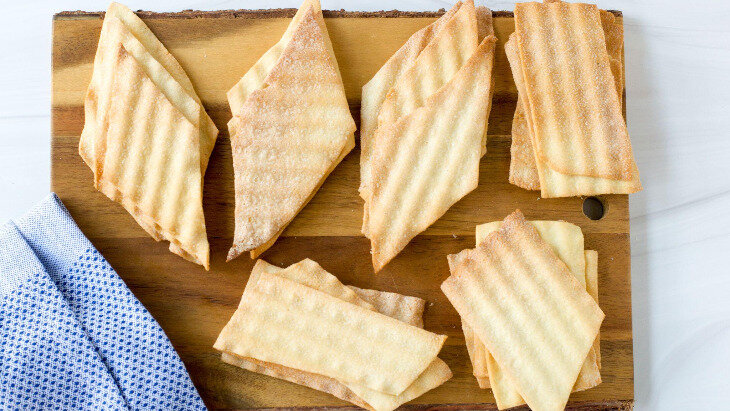

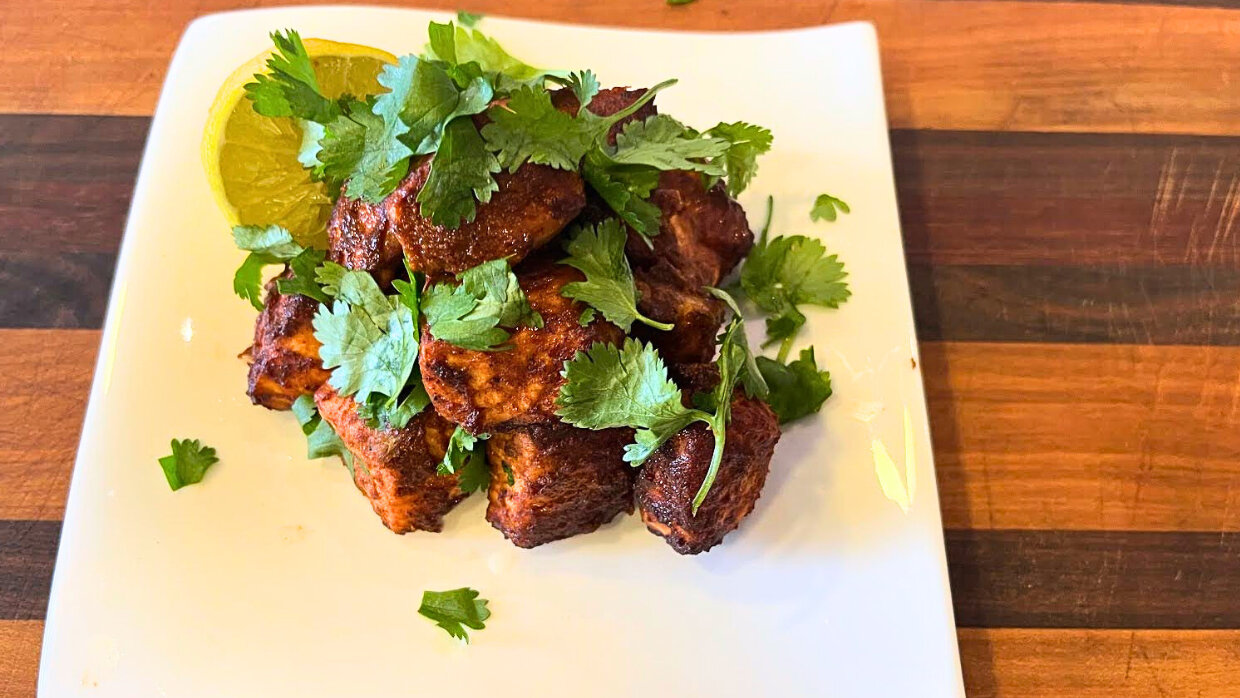
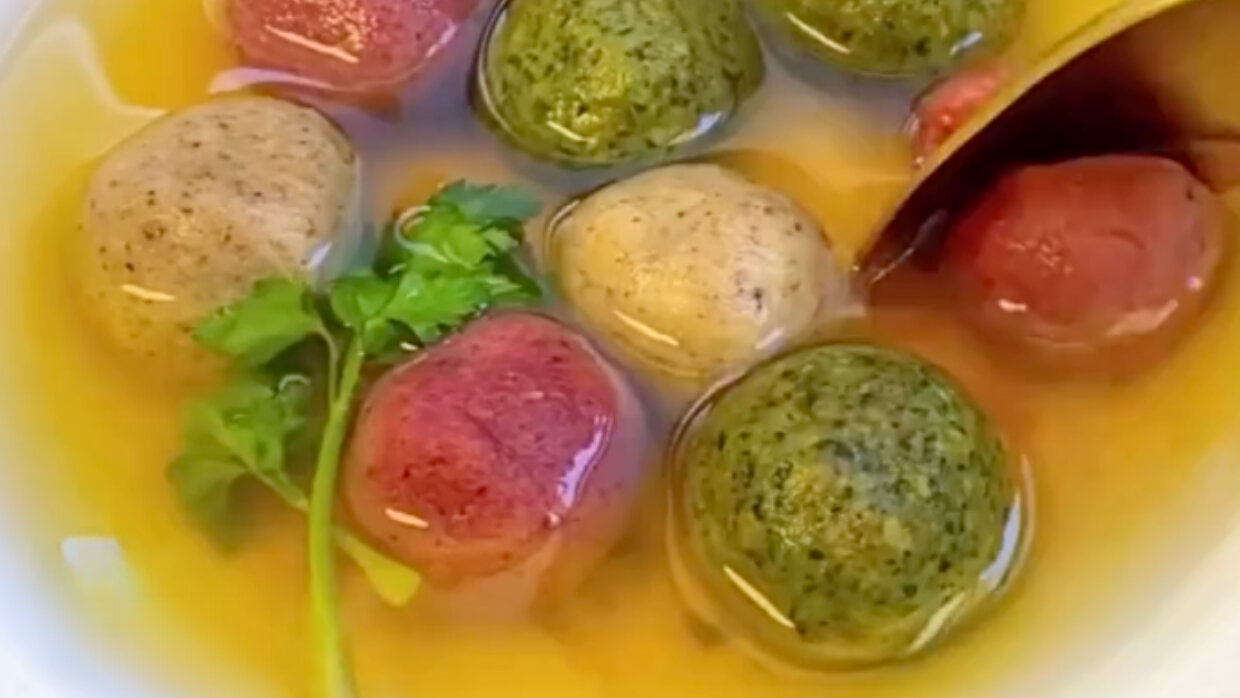

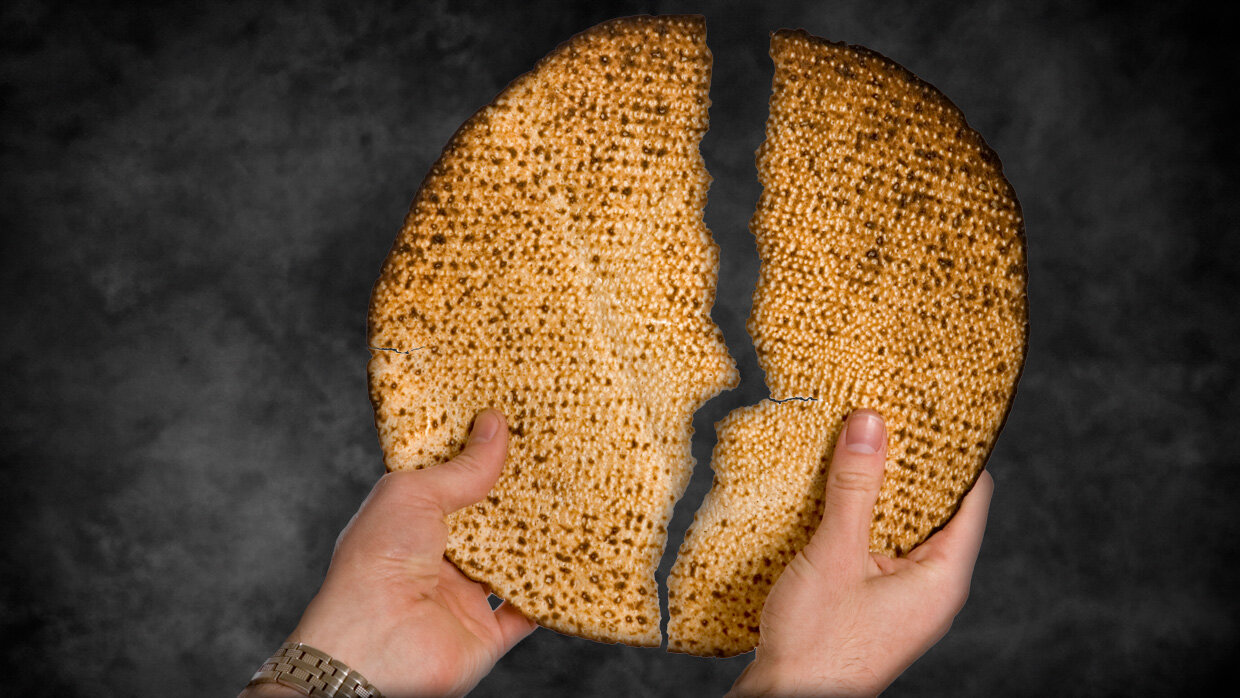



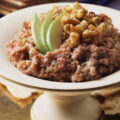


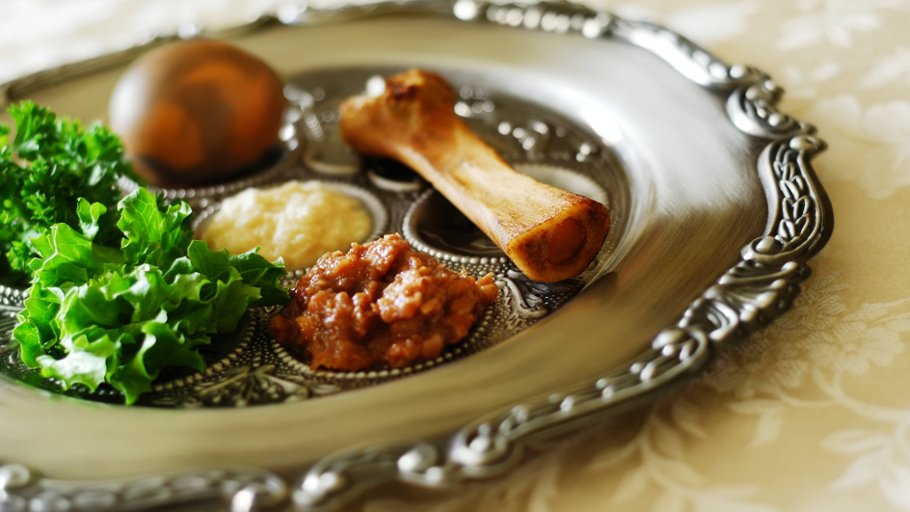

Hi when preparing dough for Kichel must this be in fridge for a few hours before rolling flat
Im finding my Kichel becone very thick after baking
Thx u
What temperature do we bake the kicheleh on?
400F